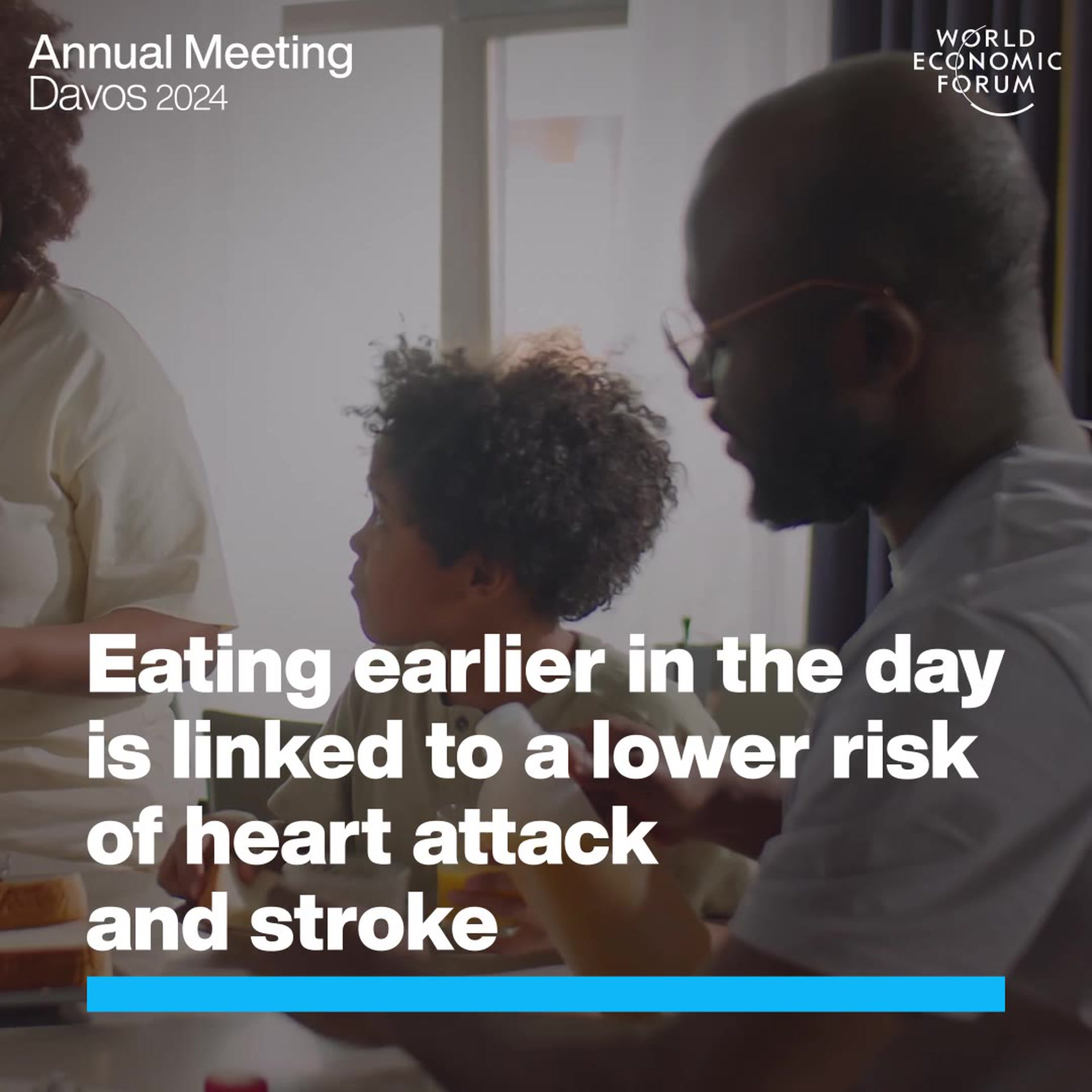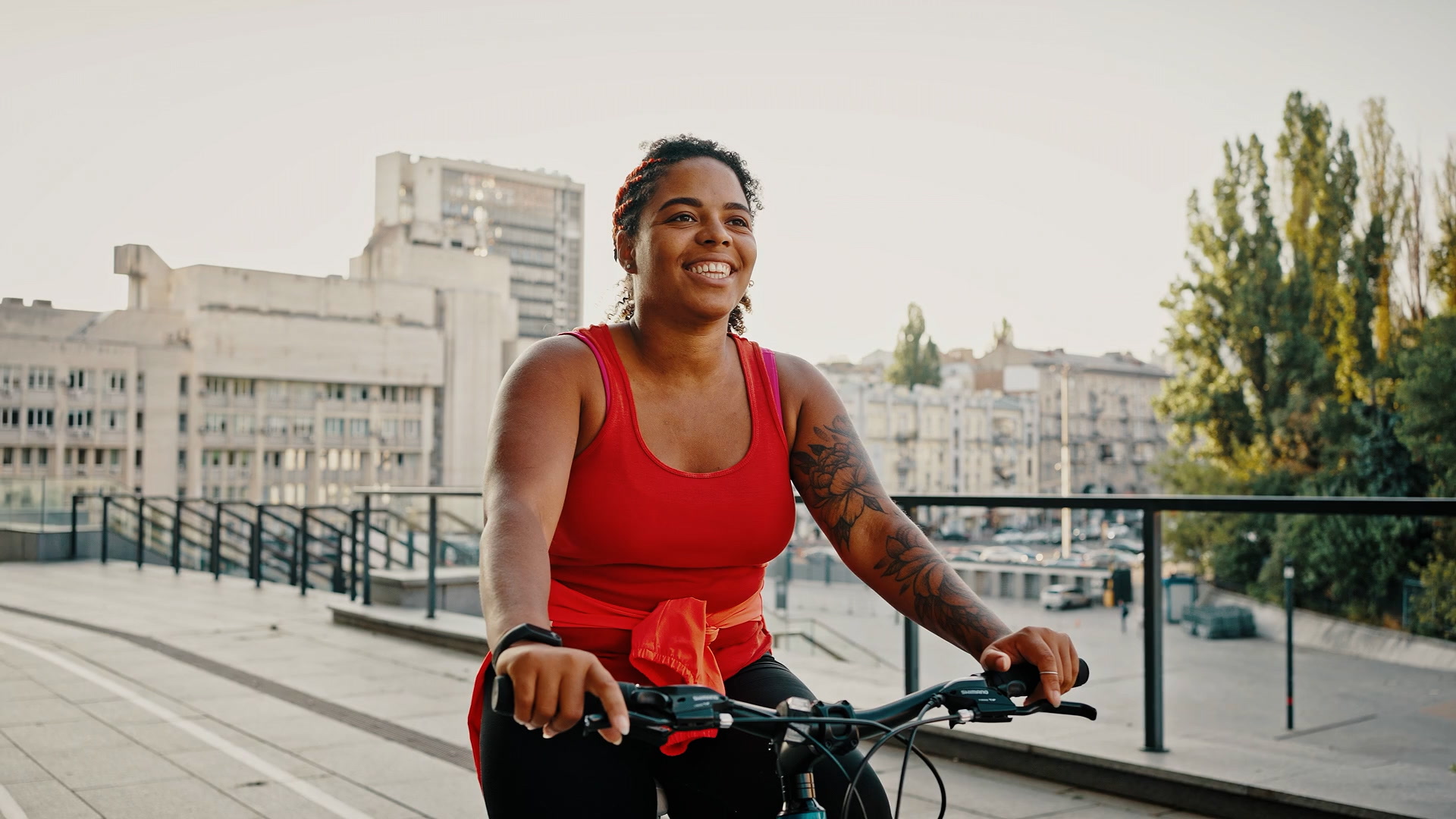Is exercise the key to longevity?


Get involved with our crowdsourced digital platform to deliver impact at scale
Stay up to date:
Behavioural Sciences
Like many high school students I completely misunderstood the philosopher Herbert Spencer’s phrase “survival of the fittest.” I interpreted it to mean that those animals of a species that were the most physically fit were most likely to survive and reproduce. What Spencer was actually proposing when he first coined the phrase in 1864 to explain Darwin’s theory of natural selection was that those organisms that best “fit” their environment are the most likely to survive and reproduce.
Yet recent developments in human health science now suggest that misinterpretations like mine might not have been so wide of the mark. It turns out that being physically fit almost certainly improves our longevity after all.
In very simple terms, human fitness can broadly be separated into two facets – aerobic fitness and strength. Aerobic fitness can be assessed with the dreaded VO2max test, which involves exercising to your physical limit on a treadmill or stationary bike. This gives a good indication of the functional capacity of an individual’s cardio-respiratory system.
Strength assessments are neither so gruelling nor simple, but usually involve producing maximum muscle contractions using weights or a force measurement device like a stationary force transducer) or a grip dynamometer. Both the aerobic and strength tests have now been proven to be excellent predictors of life span. This means that individuals who are most aerobically fit or most strong are most likely to live the longest.
Biggest fitness threat: ageing or inactivity?
The physical frailty associated with ageing is primarily due to reduced aerobic capacity and physical strength. After the age of 25, inactive individuals lose their aerobic capacity at a rate of approximately 1%/year. They lose muscle mass at a rate of approximately 0.6%/year after the age of around 30 (30% decrease from age 30 to 80).
As this implies, not everyone loses muscle mass and aerobic capacity at the same rate. Veteran or masters athletes are a particularly interesting segment of the population in this regard. They have an incredible ability to retain their muscle mass and function well into old age. This may be the result of genetic advantages which lead these individuals to self-select to be active. But it is just as likely that their athletic activities are somehow preserving their fitness.
Studies into immobilisation and reduced activity support this idea that ageing-related declines in fitness may have much to do with doing less physical activity than age per se. One recent study found that simply reducing the step count of healthy older adults for two weeks is sufficient to reduce the lean mass of the legs (mostly muscle) by almost 4%, for example.
Another study showed that when healthy young adults have one leg completely immobilised for two weeks, it leads to a 5% decrease in muscle area and a shocking 25% decrease in muscle strength. In short, the old “use it or lose it” adage is highly applicable to physical fitness. This is particularly poignant when you consider that the aerobically fittest and strongest men in a population are 60% less likely to die of any cause than the weakest and least aerobically fit. You start to see why the American College of Sports Medicine launched the “Exercise is Medicine” initiative as a way to increase the use of exercise as a way to promote health a few years ago.
Exercise as the key to longevity?
There is now such a large body of evidence on the negative health effects of being physically inactive that a team of researchers has even conservatively quantified the associated disease burden and death rates. They estimated that in 2008, inactivity caused a whopping 9% of all premature deaths.
It is worth pointing out here that it is extremely difficult to truly delineate cause from effect – the data tells us that fitness correlates with longevity, but it may not be the actual cause. A number of studies have now shown that the ability of exercise to improve fitness is highly variable, with some individuals being described as “non-responders” and a very small percentage even displaying negative health outcomes from exercise.
But the key question is, “does increasing fitness improve longevity?” A large follow-up study in which men had their aerobic fitness tested at least twice over the course of five years seems to suggest that for aerobic fitness at least, the answer is yes. The study found that a group of men who became fit had a significantly lower risk of dying than a group who stayed unfit. We don’t have equivalent data for strength training in the general population yet, but recent data certainly suggests that strength training during cancer survival is associated with a reduced risk of death from all causes.
Let there be hope
If you are currently unfit, much of these data can admittedly be pretty depressing. After gaining my PhD I went from being very physically fit to rather unfit, which gave me first-hand experience of how quickly fitness is lost. But when I resigned myself to start building it up again I knew there was a good chance I would get most of it back.
Even the very elderly can substantially improve their physical function with a programme of physical training. Even though they will start out at a lower baseline for strength and aerobic fitness than younger people, they can actually achieve similar degrees of improvement with an effective training programme. Being classified as fit at some point in middle age is meanwhile associated with a reduced risk of death even if you become unfit later. Then there is the so-called “fit-fat” phenomenon, which is that fitness can offset the mortality risk of being overweight or obese. Even for those who remain obese afterwards, the exercise and healthy diet will still significantly improve their cardio-respiratory health.
The final take-home message: so long as it is safe to do so, most people should experience gains in health and longevity from beginning (and sticking to) a programme of exercise designed to get them stronger and more aerobically fit. This is irrespective of age or fatness. However much you over-indulge from the comfort of your sofa this festive season, when the time for self-improvement comes around in January, there is still hope for us all.
This article is published in collaboration with The Conversation. Publication does not imply endorsement of views by the World Economic Forum.
To keep up with Forum:Agenda subscribe to our weekly newsletter.
Author: Lee Hamilton is a Lecturer in Sport, Health and Exercise Science at University of Stirling.
Image: A woman jogs along the Charles River on an early spring evening in Boston, Massachusetts April 3, 2014. REUTERS/Brian Snyder.
Don't miss any update on this topic
Create a free account and access your personalized content collection with our latest publications and analyses.
License and Republishing
World Economic Forum articles may be republished in accordance with the Creative Commons Attribution-NonCommercial-NoDerivatives 4.0 International Public License, and in accordance with our Terms of Use.
The views expressed in this article are those of the author alone and not the World Economic Forum.
The Agenda Weekly
A weekly update of the most important issues driving the global agenda
You can unsubscribe at any time using the link in our emails. For more details, review our privacy policy.
More on Behavioural SciencesSee all
Peter Dizikes
November 27, 2023
Aaron De Smet and Patrick Simon
September 25, 2023
Kate Whiting and Kateryna Gordiychuk
September 6, 2023






